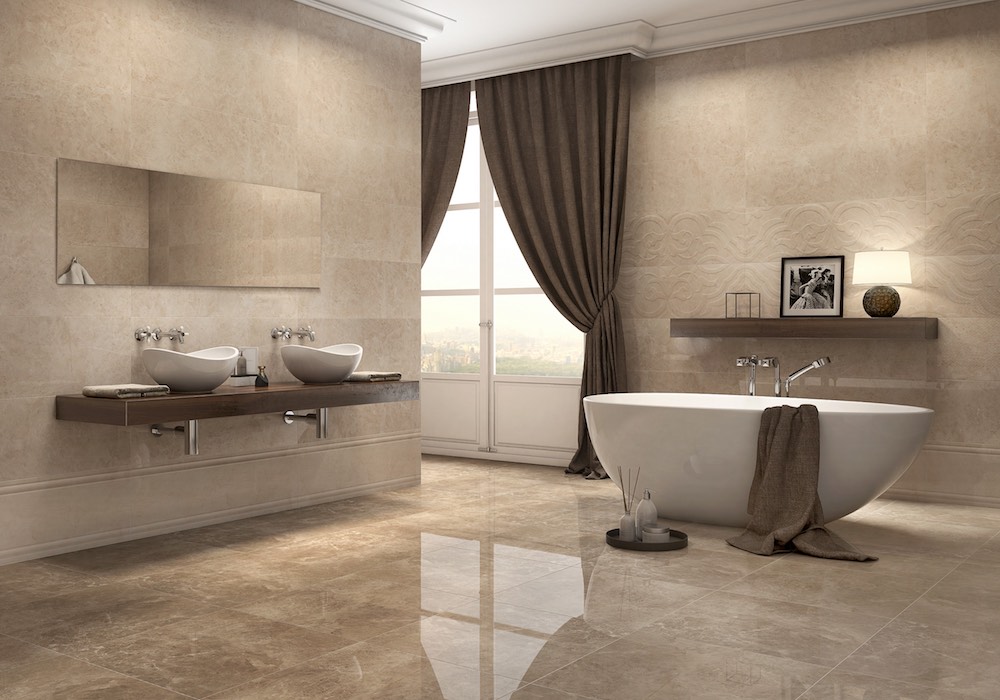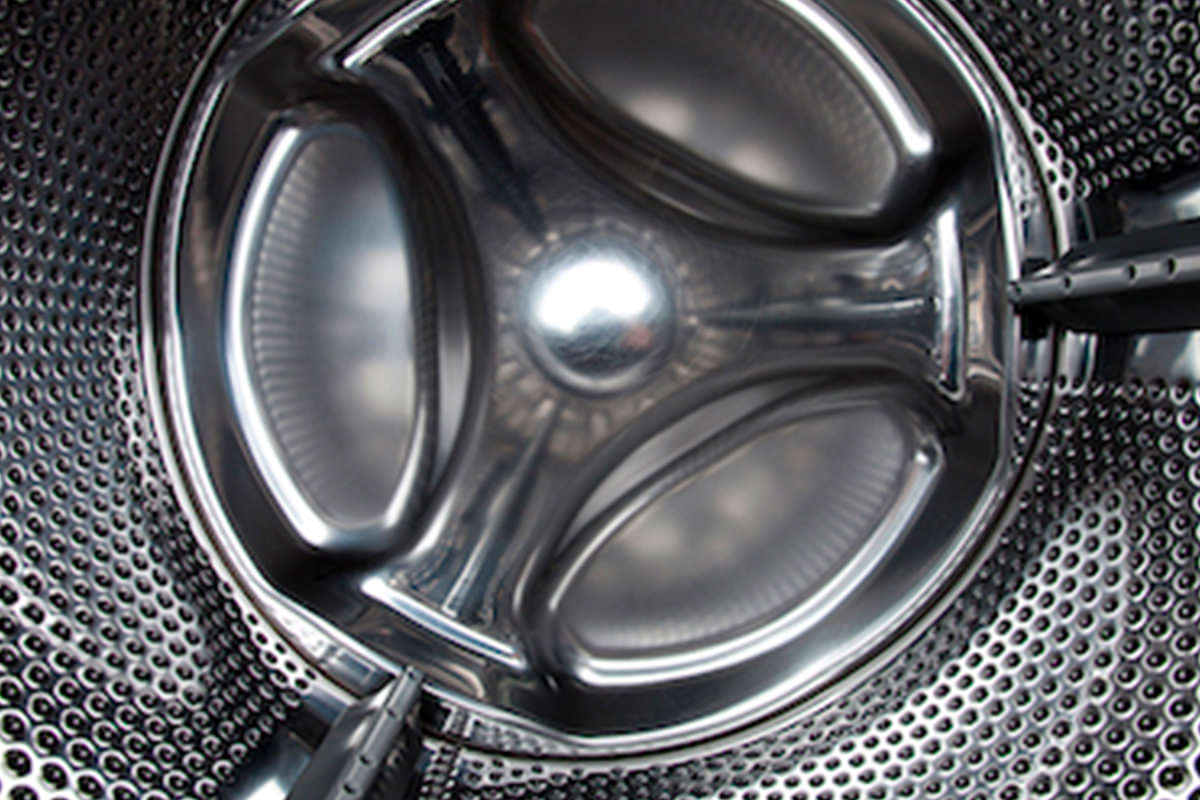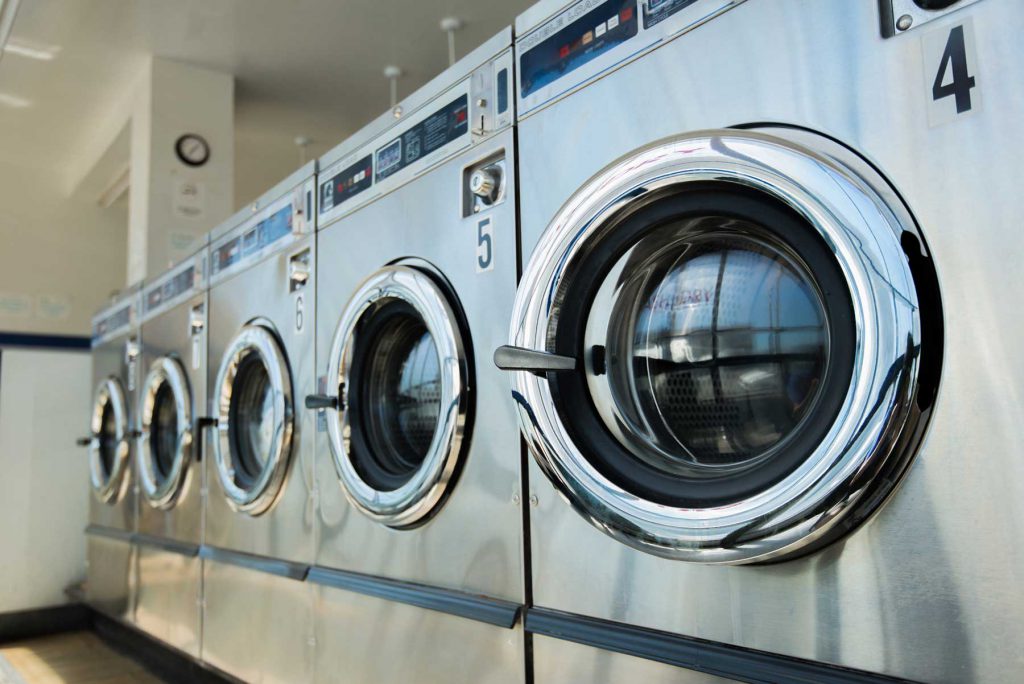




Laundry Hygiene includes all the arrangements and applications made in the laundry operation to make the pathogenic microorganism contaminated laundry more hygienic and to prevent the spread of diseases through laundry. Laundry hygiene is defined as the operation of removing the laundries from all dirt and microorganisms it carries. It is not possible to say that the textile is hygienic when dirt is removed from the surface. In order to make the textile hygienic, some applications should be made.
Laundries washed in at home or commercial laundry shops may be contaminated with a wide variety of pathogenic microorganisms. Laundry with high probability of contamination with pathogenic microorganisms are the ones in contact with body and body fluids such as sheets, pillows, towels, underwear and so on. Bacteria that are infected with surfaces at room temperatures of 20-25 C are rapidly multiplexed. For this reason, it is necessary to wash the dirty of the laundry as soon as possible and not to keep dirty and clean laundry in a humid environment.
The microorganisms, which are directly or indirectly contaminated with the laundry, become hygienic after the proper washing and drying processes with the right products. It is very important to keep the laundry hygienic in the following stages of washing, so that contamination of pathogenic microorganisms to clean textile does not occur.
Persons have infection risk if they are in contact with clothes contaminated with microorganisms. Laundry with a higher risk of contamination with microorganisms should be washed separately from other laundry and with appropriate chemicals and disinfectants. It is possible to provide hygiene in laundry by washing the normal clothes with active oxygen-containing laundry detergents’ sufficient dosage, temperature and time. However, the infected laundry in health institutions should be disinfected with bleach products containing active chlorinated, active oxygen or PAA (peracetic acid.) The use of disinfectant products at the recommended dosages, temperature and time is very important in ensuring the hygiene of the laundry. Products that are chlorinated and contain PAA should be washed at 60oC and other active oxygenated products at 40-50oC. Activated oxygenated products containing activators provide disinfection at 40-50°C.
The type and amount of pathogenic microorganisms carried by the laundry washed in commercial laundry shops vary widely according to the place of use and the usage area of the laundry. In hospitals, children daycare units and food production plants, the risk of transmission of pathogenic microorganisms to the textile is much higher. The laundry may be contaminated with pathogens during and after use, and if not properly treated, pathogenic microorganisms may be stored on the textile for a long time.
In accordance with the field of use of the textile, taking the hygiene measures at all stages of the laundry operation, the establishment of HACCP system (Hazard Analysis of Critical Control Points: Hazard Analysis in Critical Control Points), Critical Control Points and Control Parameters are some of the basic issues.

Transport of dirty clothes: Dirty laundry should be carried in different colors and closed dirty laundry bags according to the type; dirty laundry storage area should be completely separate from the clean laundry area, the sections for dirty and clean laundry in the laundry shops should be separated by physical barriers. Cars and other vehicles, in which dirty laundry is carried, should be cleaned and disinfected regularly.
Pre-separation of dirty laundry: According to the usage area and types, dirty laundry should be separated as dirty-very dirty.
Washing and disinfection of laundry: Do not wash other laundry in machines where the infected hospital laundry is washed. Preferably, pressing machines should be used in which loading and discharge areas are separate. If tunnel type machine is used, only hospital laundry should be loaded in these machines. In the appropriate washing program, the appropriate washing detergent, bleach and disinfectant products should be used with the correct dosage, at the correct temperature and time.
Drying of washed laundry: Washed and squeezed or pressed laundry should be given to rotary drying or cylinder iron without waiting for long periods in clean transport carts, drying temperatures and zones should be checked. At this stage, staff should pay great attention to hand hygiene.
Packaging of dried laundry: Dried and ironed laundry should be folded and packaged appropriately.

Transport to the place of use: Clean and hygienic clothes should be shipped with clean cars and clean vehicles, transport trolleys should be disinfected frequently.
In addition, systematic cleaning and disinfection of all surfaces in the laundry should be ensured and the personnel should be constantly inspected about personal hygiene and especially hand hygiene.
In order to determine the hygiene standard of the laundry and the laundry shops, there are standards in Europe and the United States specifically designed for the laundry of hospital and food enterprises’ textile. The purpose of these standards is to determine the quality criteria that are important in obtaining ”hygienically clean” textiles and to certify ”laundry shop” according to these criteria. In these standards , control parameters and microbiological standards of the laundry are determined for each stage of the laundry operation.
One of these standards is the German RAL-GZ 992 standards. The conformity control and certification of RAL standards is carried out by the Hohenstein Institute. “Hospital laundry hygiene management system” RABC standard (Risk Analysis Biocontamination Control) is applied in Europe is based on the European Standard DIN EN 14065 laundry hygiene management system. This standard is among the Turkish standards TS EN 14065 65 and has been in force since 2004.
The Eczacıbaşı Profesyonel Linela Laundry Hygiene family aims to make laundry both clean and hygienic. In addition to the main washing and auxiliary washing products, we also provide professional laundry services with a wide portfolio of hygienic products selected according to the type of textile, type of dirt and washing temperatures With M624 PAA Based Bleach and M627 Activated Oxygen Based Bleach, laundry is effectively cleaned and disinfected at low temperature. While the service life of textile is prolonged at low temperatures, energy and time savings are achieved and laundry overheads are reduced. Eczacıbaşı Profesyonel, the solution partner of professional laundries, offers optimum solutions for textile hygiene and life, as well as for the improvement of laundry costs, with washing programs applied according to textile and pollution.